There are 12 different species of bats that live in Illinois. Some hibernate in Illinois, while others migrate to warmer states. The most bat-heavy area of the state is in the southern area of Illinois, near the Mississippi and Illinois rivers. Read more to find out about Illinois bat species.
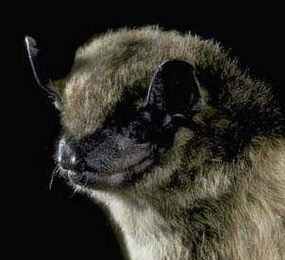
Big Brown Bat – This bat is medium sized with a 11 to 13 inch wingspan. They are insectivorous and eat insects active at night such as moths, mosquitoes, and beetles. These bats are commonly found all over the United States and live over 10 years. Big brown bats can fly up to 40 mph!
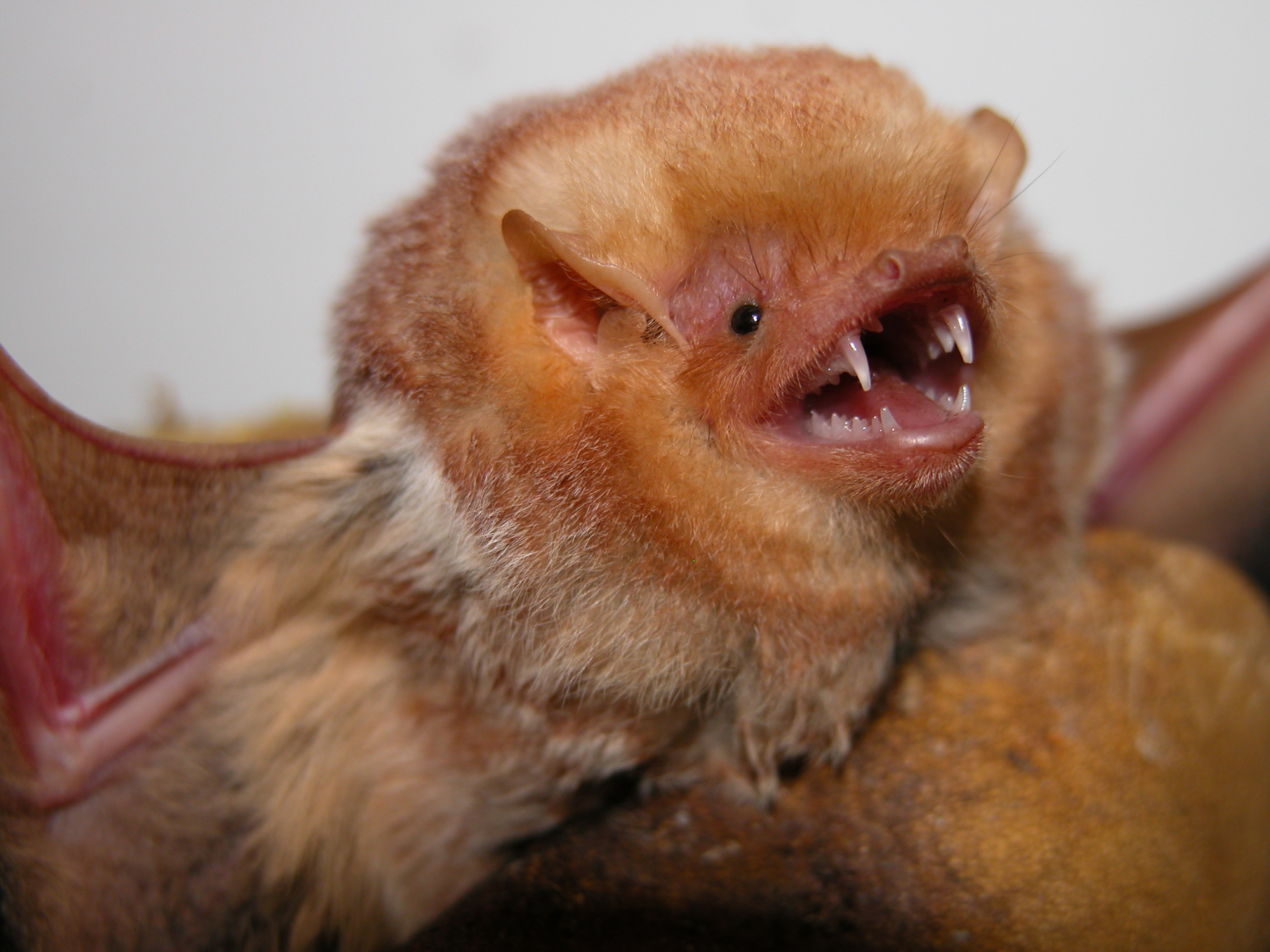
Eastern Red Bat – This medium sized bat is known for its red or chestnut colored fur. They are commonly found among branches of hardwood trees. The eastern red bat forages for food in open spaces.
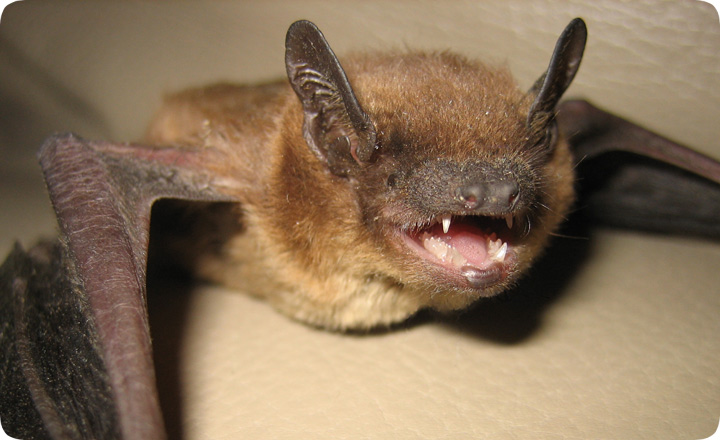
Evening Bat – This small species, weighing between 6 and 14 g. They are very commonly found roosting in tree cavities. These bats are also occasionally found in man-made structures. They feed heavily on beetles, as well as other nighttime insects.
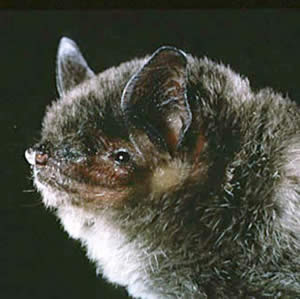
Gray Bat – These bats are cave dependent and rely on caves, as opposed to other structures like trees or buildings. Disturbance in caves can be extremely detrimental to their population. They were once considered endangered in the late 70s. Through conservation efforts the population has restored.

Hoary Bat – This bat has unique coloring, which is dark at the roots and white at the tips. They are a larger species of bat with a wingspan of 15.5 inches. Hoary bats are rarely found in urban settings.
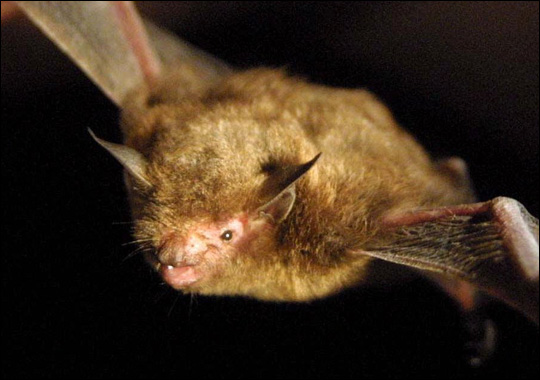
Indiana Bat – These bats tend to live in hardwood forests, but can be found in agricultural areas and fields. They are considered endangered and it is estimated that over 50% of their population has depleted over the past decade. They are sometimes confused for the little brown bat.
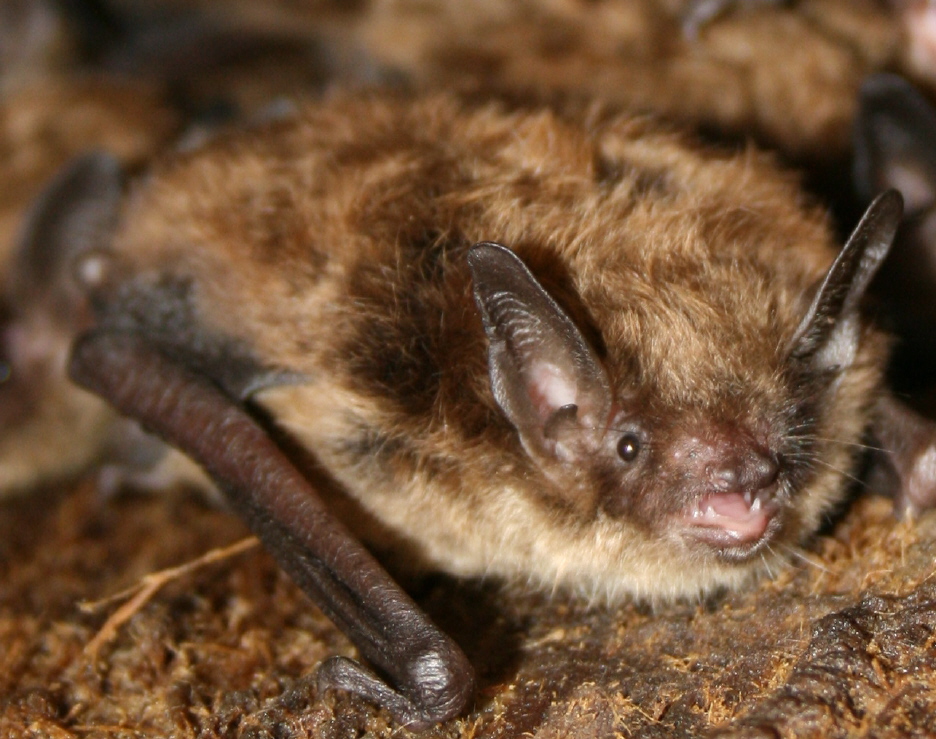
Little Brown Bat – This bat is one of the most commonly found in America. They prefer to roost near water sources and are found in caves, buildings, trees, natural hollows, and woodpiles. Their survival is currently highly threatened due to white nose syndrome.

Northern Long Eared Bat – These bats are known for their relatively long ears. They also have a longer tail than other myotis bats. This species tends to live in boreal forests. In the fall, these bats migrate to hibernate.
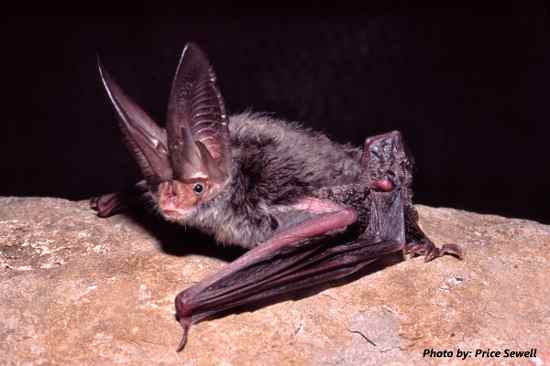
Rafinesque’s Big-Eared Bat – This bat is sometimes known as the southeastern big-eared bat. They have inch long ears and a wingspan of 10-12 inches. Moths make up 90% of their diet. They can be found in the south and eastern sides of Illinois in abandoned buildings, under bridges, in wells, in caves, and trees.

Silver-Haired Bat – This medium sized bat is mostly black in color, though their fur is white tipped. They roost in tree cavities and bark crevices. Their coloring makes them difficult to spot while roosting. This species prefers to eat moths but will eat spiders as well.

Southeastern Bat – This bat has a wingspan of 9 to 11 inches. Their fur ranges in color from gray to orangeish-brown. They like to hunt and feed over water. The Southeastern bat sometimes roosts with Rafinesque’s big-eared bats. They can be found in southern Illinois.
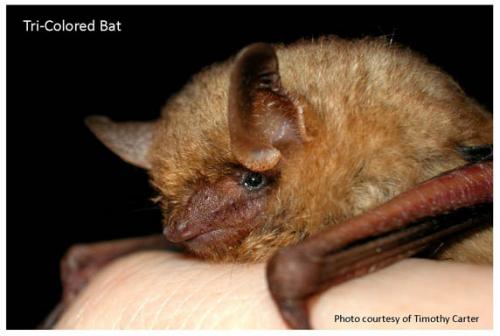
Tri-Colored Bat – Formerly known as the eastern pipistrelle, the tri-colored bat is known for its interesting fur color. Their fur is brown at the tips, yellow in the middle, and black at the root. They are known as one of the smallest bats in North America, only weighing 4 to 10 g. They live about 10 to 15 years.
These Illinois bat species are generally harmless and avoid human contact. However, if you discover a roost or bat in your home, contact animal control to have them safely removed.



